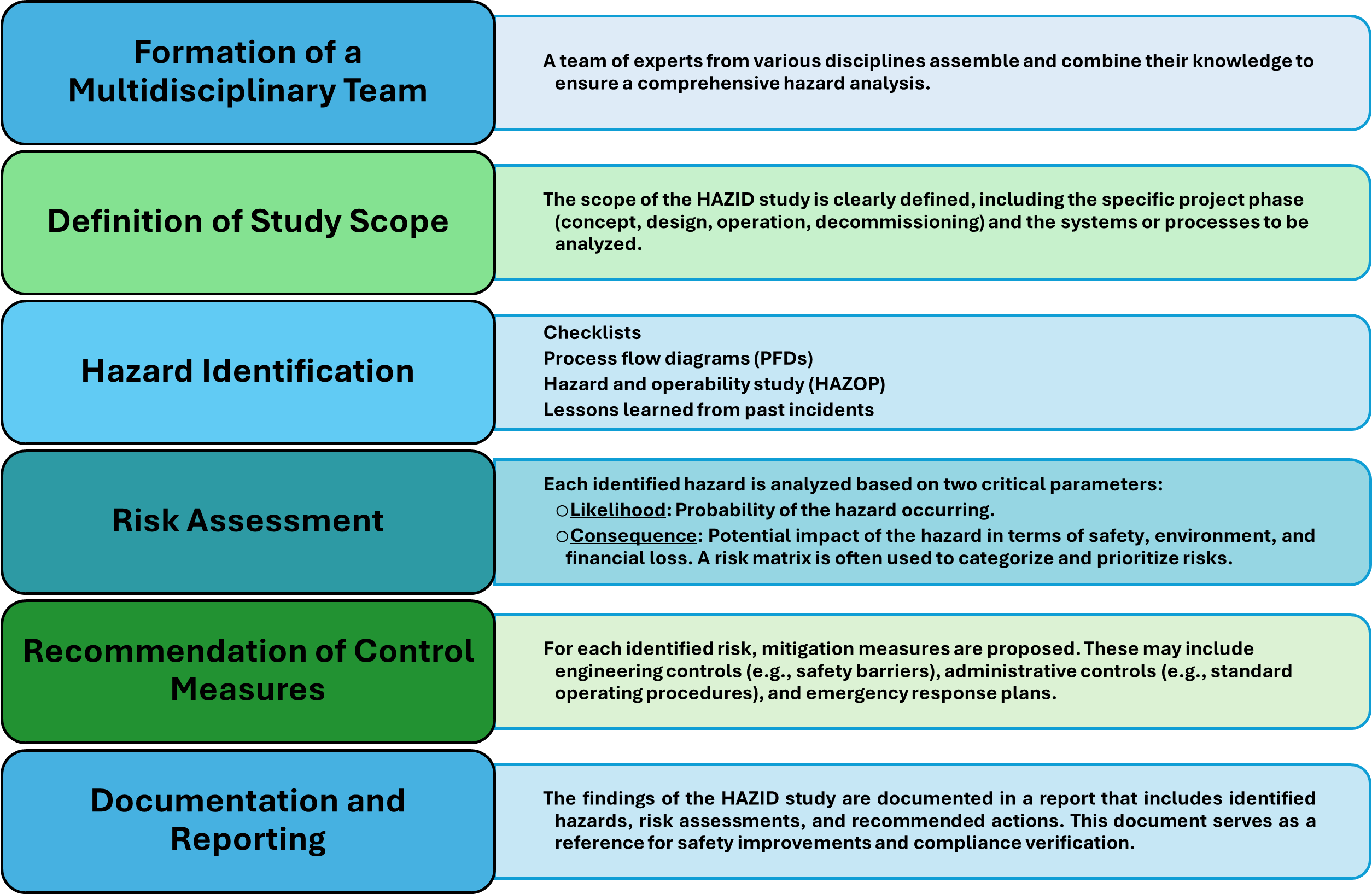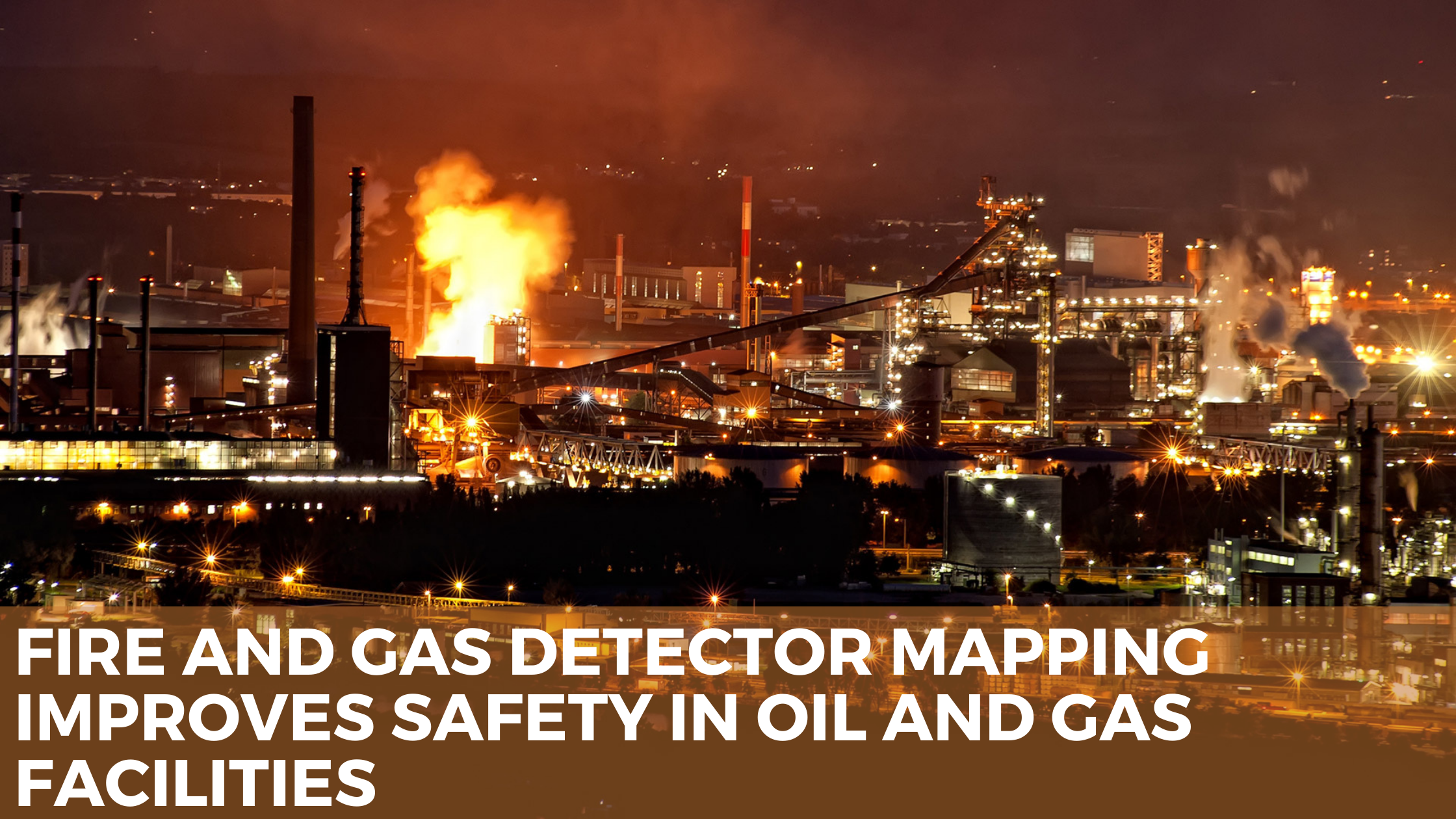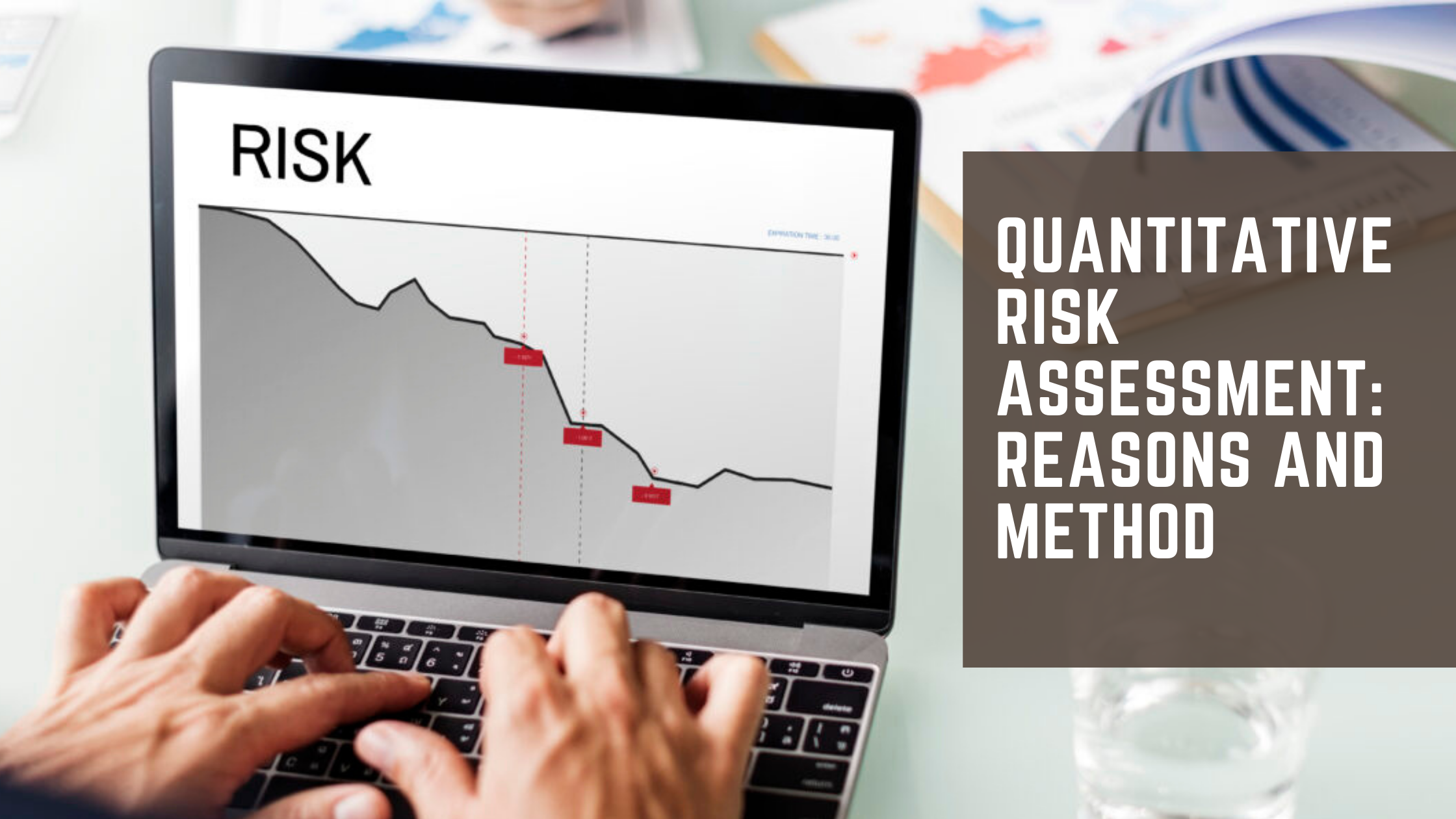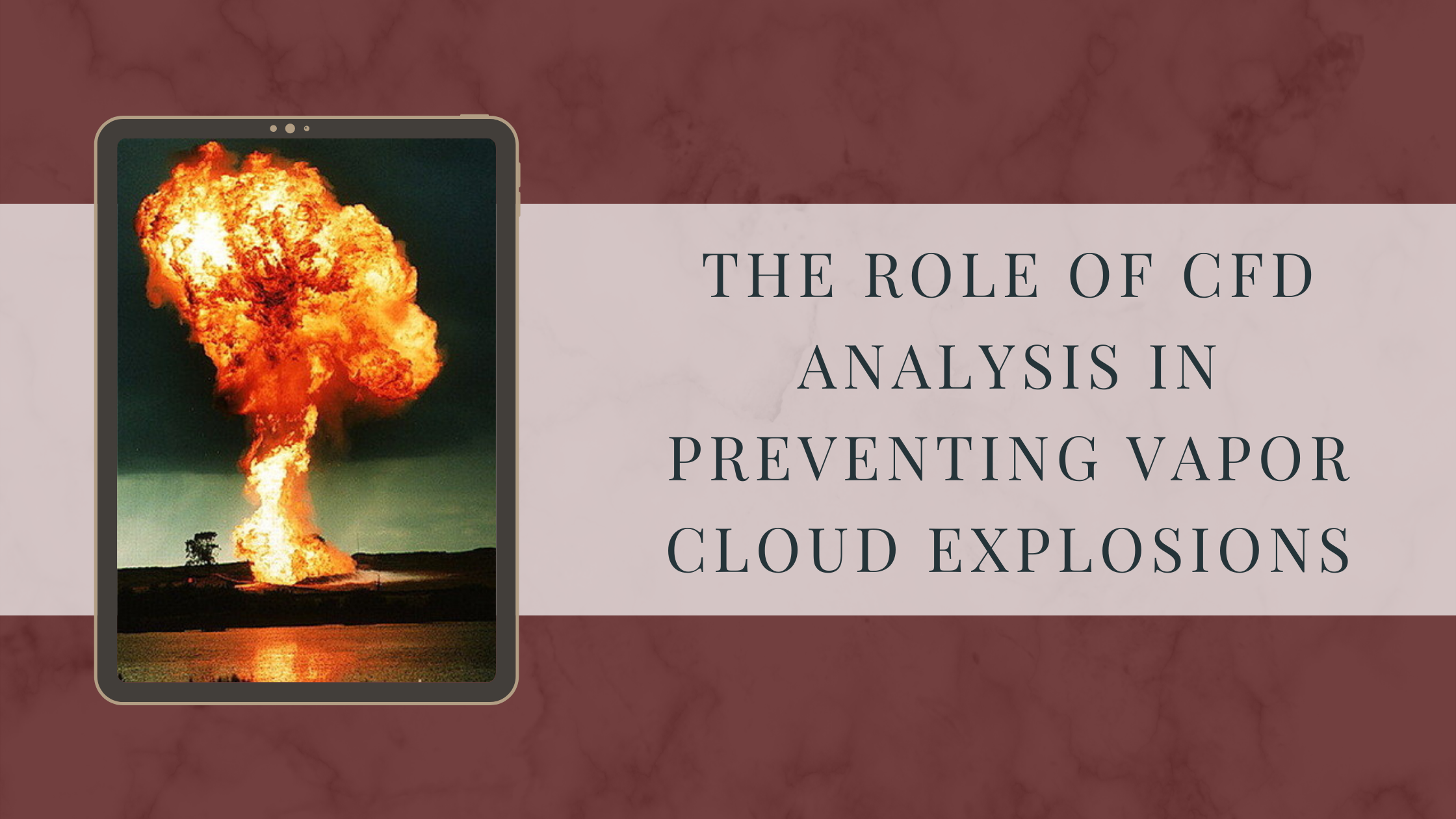Introduction
Hazard Identification (HAZID) is an important process in industries such as oil and gas, chemical manufacturing, construction, and power generation as there are high safety risks in these sectors. With operations growing more complex, regulations tightening, and the risk of serious incidents always present, industries must take a proactive approach to managing risks. The main aim of the HAZID study is to predict and detect hazards that can cost human life or monetary loss in the project lifecycle and introduce preventive measures before any incident.
The incident records from organizations like the Chemical Safety Board (CSB) and the European Agency for Safety and Health at Work (EU-OSHA) state that many incidents that have caused massive loss to the industries had common factors like inadequate hazard identification, gaps in process safety management, and human error responsible for the incidents. A robust HAZID process is a necessity for sectors such as Oil & Gas, Chemical Processing, and manufacturing industries as these shortcomings can lead to serious consequences and irreversible loss in some cases.
Objectives of the HAZID study
Some of the principal objectives of the HAZID study are as follows: 1. Understanding the SOPs of Processes, operations, and systems while predicting the potential hazards associated with them. 2. Listing down the potential hazards associated with the industry and categorizing them according to their severity 3. Introduction of control measures to control, reduce, or eliminate the risk factors 4. Promoting proactive management to spread awareness about the potential risks in the working area 5. Adhering to industrial standards and legal standards to avoid penalties and legal consequences.
Benefits of HAZID study
1. Early Risk Identification – The HAZID study helps the industry identify the potential risks that can cause incidents promoting a safe environment for the workers. 2. Enhanced Decision Making – The HAZID study provides data-driven insights for the management and helps them implement safety measures. 3. Cost Saving – It helps industries avoid potential incidents, legal penalties, and downtime. 4. Legal Compliance – It helps the industries maintain legal and industrial safety requirements.
Standards Used in HAZID Study
HAZID study follows globally recognized standards such as ISO 31000, IEC 61882, OSHA, etc. These standards provide a structured approach to hazard identification, risk assessment, and mitigation. By adhering to these frameworks, facilities ensure consistency, safety, and compliance across operations. The application of these standards helps establish best practices, promoting a culture of proactive risk management. Where legal standards are necessary, industrial standards also play a vital role in facilities by enhancing workplace safety, protecting the environment, and minimizing operational disruptions due to unforeseen hazards.
HAZID Methodology
The HAZID study follows a systematic approach that involves the following key steps:

Why Techniche Engineering
Techniche Engineering is one of the leading companies with over 350 successful projects across the globe, we have a dedicated team of expert professionals who ensure a systematic and thorough approach to identifying and predicting potential risks in various industrial operations. We are very well known for our dedication, impactful advisory, and HAZID solutions that have improved safety in adherence to regulatory compliance. Our commitment and excellence in Risk Management have made us a trusted name in the industry. .
We aspire to be leaders in our field, continuously developing new tools and techniques that improve safety and optimize performance. We aim to build a culture of safety that extends beyond our organization, promoting best practices and contributing to a safer, more sustainable workplace.
Conclusion
HAZID study successfully identifies the key hazards in the industries and proposes effective mitigation strategies. By promoting preventive maintenance, emergency response measures, and security enhancements, the HAZID study has helped facilities significantly reduce the risks. HAZARD study has not only ensured work and environment safety but also helped the facilities strengthen regulatory compliance and operational efficiency. It is time that all industries should adopt risk assessment and safety studies as regular reviews and training programs will help sustain a culture of safety, ensure continuous improvement, and reduce risk in the long term.














.png)
